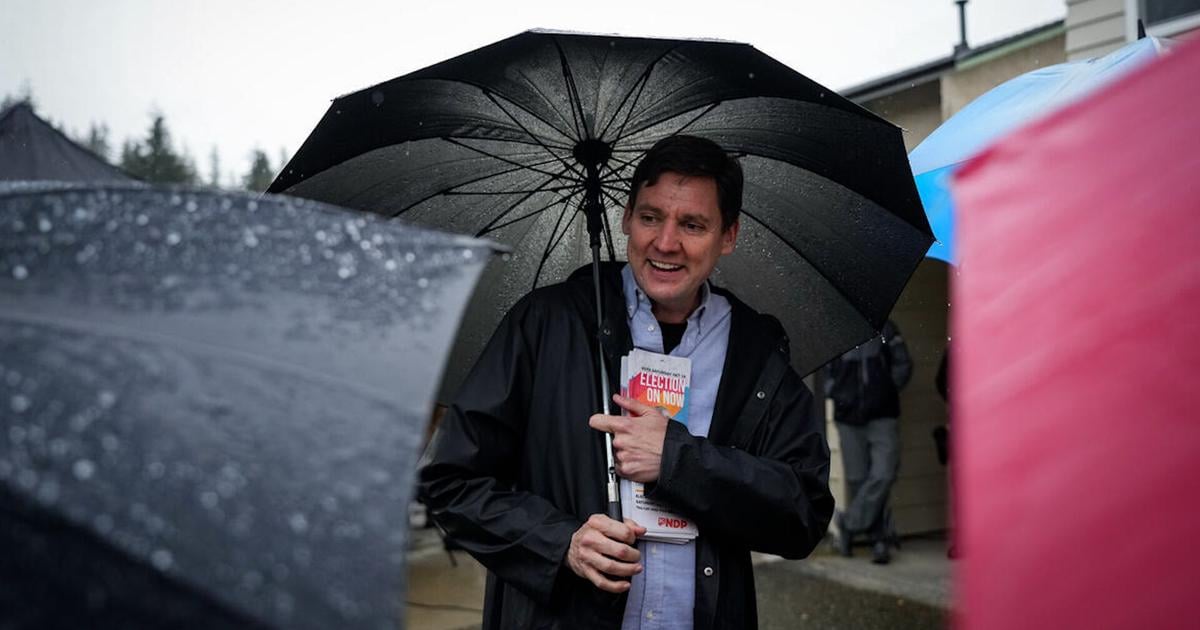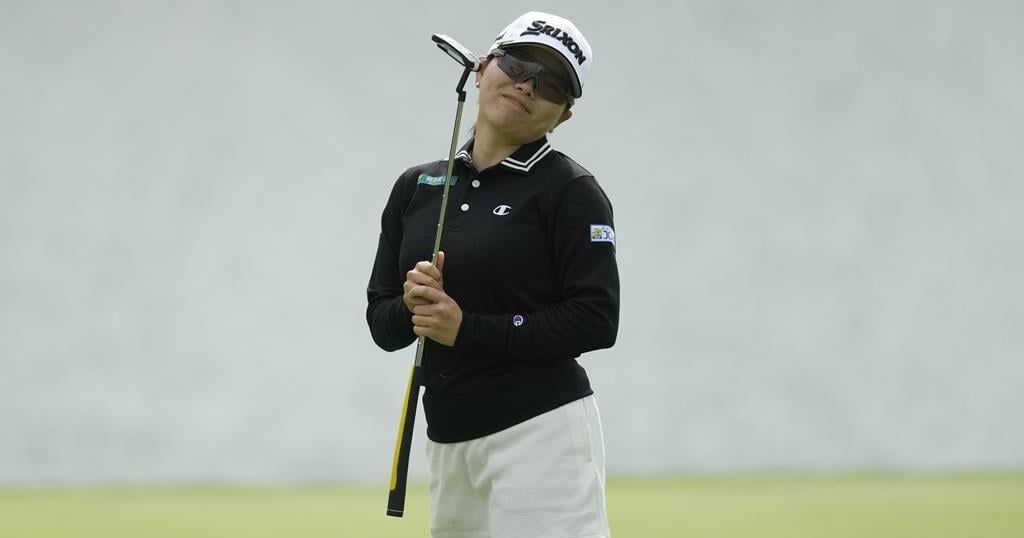PAJU, South Korea (AP) — Hannah Green of Australia shot a 2-under 70 on Saturday to hold a two-stroke lead after three rounds of the BMW Ladies Championship in South Korea.
Green shot 64 in each of the first two rounds. The second round was completed early Saturday after rain washed out much of the play on Friday.
Green has led outright or shared the lead at the end of each round. She is 18-under 198 overall.
Yu Jin Sung of South Korea soared up the leaderboard with her 9-under 63, the best score of the round at the Seowon Valley Country Club, and was two shots back.
Ashleigh Buhai of South Africa was three off the lead after a 71, and Haeran Ryu of South Korea and Ryann O’Toole of the United States were four off the pace after they both carded 68s.
Brooke Henderson (72) of Smiths Falls, Ont., was at 3-under 213 overall.
The field is loaded with 17 of the tour’s 18 winners this season. The one major absence is Nelly Korda, the LPGA’s No. 1-ranked golfer. She withdrew before the event with a neck injury.
___































